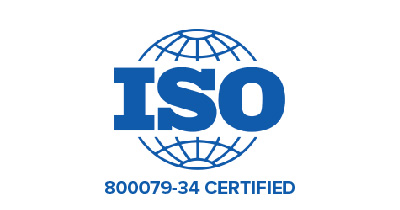Nurses and healthcare workers are at a high risk of verbal assault and violence in the workplace. They are frequently sworn and yelled at, or experience physical or sexual assault. The BC Nurses Union states that, an average of 26 nurses a month in BC fall victim to a violent injury while at work. Distressingly, the prevalence of violence in the healthcare workplace is on the rise globally. Between 2014 and 2018, violent incident reports from healthcare settings increased by an alarming 52 percent.
Higher workloads cause greater risks for nurses
A recent study based on research from the University of British Columbia and published in the journal Nursing Open revealed that nurses in BC are at a greater risk of workplace violence by patients and families/visitors when their workloads are higher.
The study examined multiple workload factors including: RN staffing levels, patient acuity and dependency, level of workload, undone nursing tasks, frequency of compromised professional nursing standards, and task-level interruptions to workflow. In addition, the study asked participants to relate the frequency of their experience of emotional and physical abuse from patients and/or families in the healthcare setting. Finally, the researchers also examined the relationship between patient/family complaints and physical and emotional workplace violence.
The study presented several key findings. When nurses are challenged with greater workloads and more frequent interruptions in their work, causing compromises to professional standards, they reported more incidents of both emotional and physical violence. Patient acuity was also related to nurses reporting more incidences of emotional violence. Researchers found that patient/family complaints are an even stronger predictor of emotional and physical violence than workloads.
Addressing workload to prevent workplace violence
If the fundamental cause of patient/family violence towards nurses is heavy workloads, it’s incumbent upon policymakers and employers to work towards putting long-term, system-level strategies into place to address the overload. However, improving nurse-patient ratios should be part of a multi-pronged effort of implementing new approaches in order to increase the safety of nursing staff.
Improving care delivery through staffing adjustments
A study on improving care delivery and the work environment published in the Canadian Oncology of Nursing Journal found that when nursing assignments were well-matched to competencies and level of experience, there was greater nurse satisfaction and engagement, and a reduction of safety occurrences.
Patient/family complaints yield important lessons
Another key work environment intervention that will improve professional practice is to take patient/family complaints seriously. Tracking complaints can be a flag for issues in safety and quality. Patient and family complaints are also a potential warning for future workplace emotional or physical violence against nurses.
Leveraging technology to offer increased safety
Staff duress alarm systems give nurses the ability to call for help and assistance if they experience a threat to their safety. With the push of a button worn on a discrete real-time location system (RTLS) tag, healthcare workers can communicate a request for help. RTLS offers accurate visibility of staff within the hospital or healthcare facility, so that immediate assistance can be offered.
GuardRFID Staff Tag offers peace of mind
The GuardRFID Staff Tag is specifically designed for nurses and other healthcare workers. If there is a verbal or physical threat against a nurse, it allows them to immediately summon help via a lightweight, personal device. Staff can rapidly and accurately locate the nurse on a monitoring station floor plan within feet, and communicate that help is on the way.



